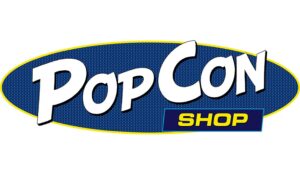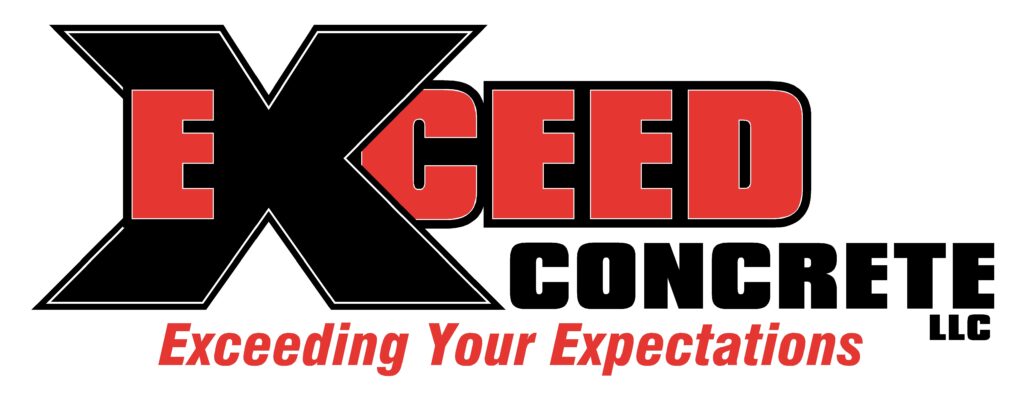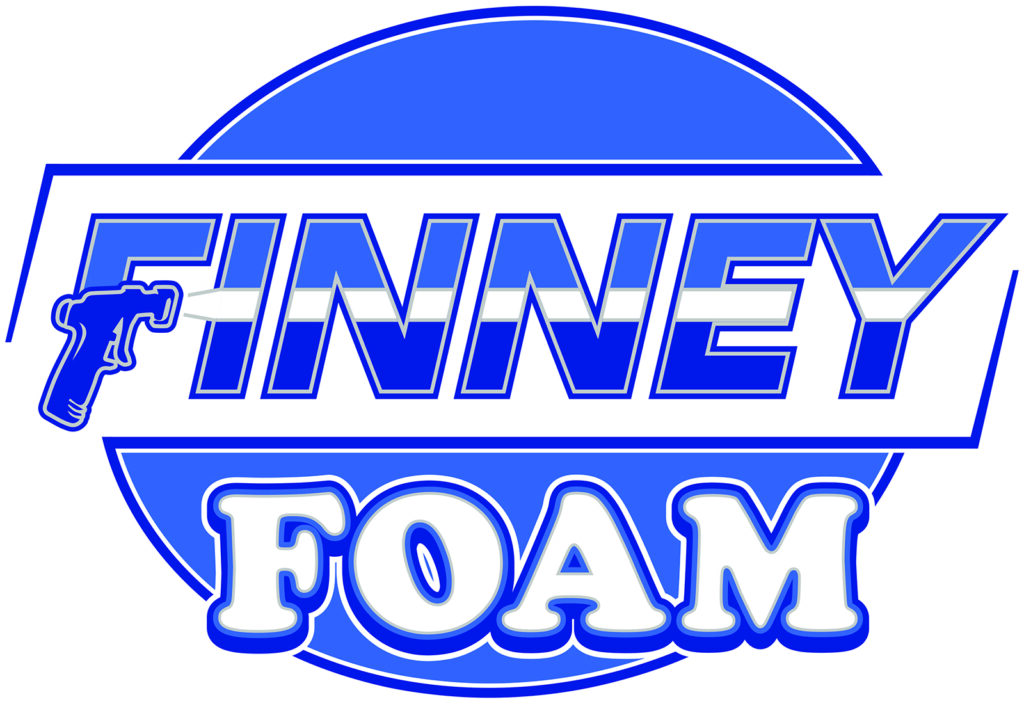
At Sign Pro, we unlock the power of color to create visual designs that affect human behavior, emotions, and decision-making. Through understanding color psychology, we design logos that generate brand recognition, build trust, and ultimately increase sales for your business. Read more to understand how color influences your audience and get real life examples of businesses already using these techniques for their brand.
Colors can evoke different emotions – good, bad, and everything in between. These emotions influence how you perceive a brand. When you use colors strategically in your branding and marketing, you can create a strong emotional connection with your target audience. This emotional connection is crucial to building brand loyalty and creating lifelong customers.
Each color represents unique feelings in marketing. Businesses select colors based on the feelings they believe represent their unique brand. Your logo then creates a particular emotional response in your customers each time they see it. Read more to see what each color represents in color psychology:
Red – associated with energy, excitement, passion, power and immediacy. It’s often used to grab attention and create a sense of urgency. Examples of brands that use red in their branding include Target, Coca-Cola, Netflix, and KFC.
Orange – represents enthusiasm, creativity, confidence, and fun. It’s a popular color for brands that want to convey a sense of excitement and playfulness. Brands that use orange in their branding include Fanta, Nickelodeon, Harley Davidson, Shutterfly, and Amazon.
Yellow – communicates happiness, optimism, clarity, and warmth. It’s often used to create a sense of optimism and cheerfulness. Brands that use yellow in their logos include McDonald’s, Best Buy, Sprint, and Ikea.
Green – associated with nature, growth, freshness, and health. It’s a popular color for brands that want to express a sense of eco-friendliness and sustainability. Brands that use green in their branding include Starbucks, Whole Foods, John Deere, and Animal Planet.
Blue – represents trust, reliability, strength, and professionalism. It’s often used to create a sense of trust and reliability. Brands that use blue in their branding include Facebook, IBM, GE, Walmart, and Dell.
Purple – communicates luxury, sophistication, wisdom, and creativity. It’s used to create a sense of exclusivity and high-end branding. Brands that use purple in their branding include Cadbury, Hallmark, T-Mobile, and Yahoo.
Black – associated with sophistication, power, mystery, and elegance. It’s often used in marketing to create a sense of luxury and high-end branding. Brands that use black in their logos include The New York Times, Chanel, Nike, and Apple.




At Sign Pro, we understand how color psychology plays a significant role in branding and marketing and we effectively use colors and design to help your business build brand recognition and loyalty, increase sales, and create a lasting impression in the minds of your customers. By tapping into the power of color and how it affects human emotions, we can help you create a strong emotional connection with your target audience. For more information, contact us today!